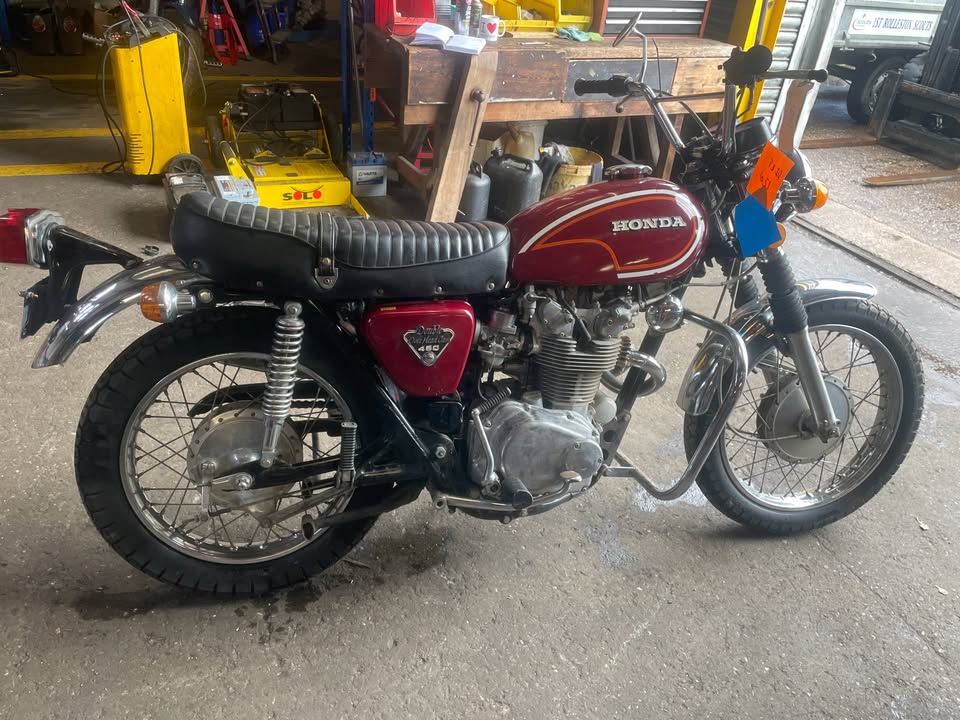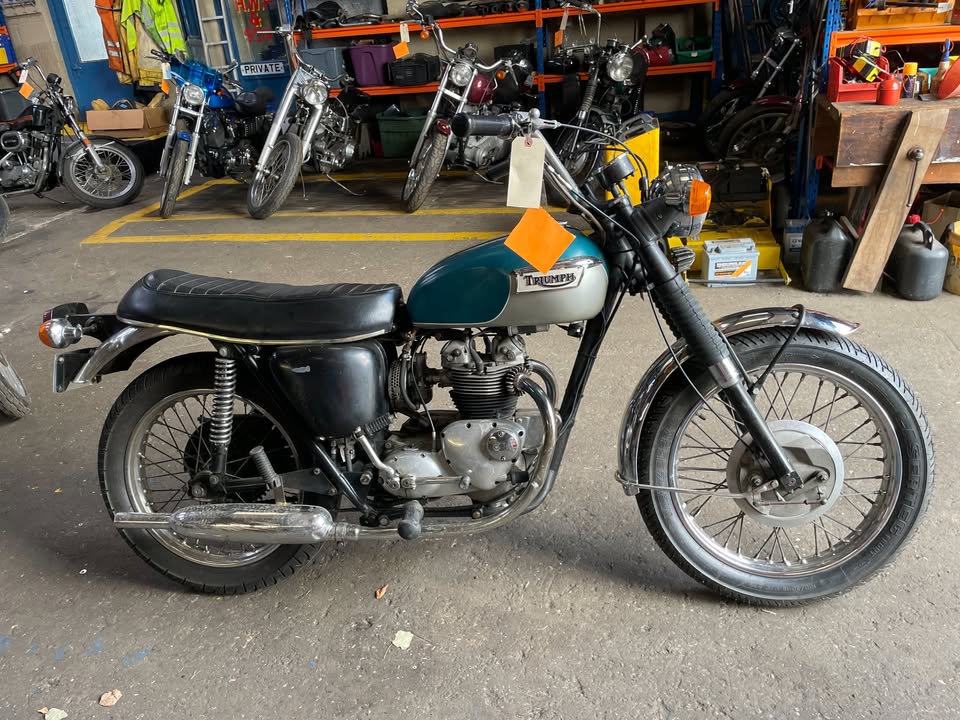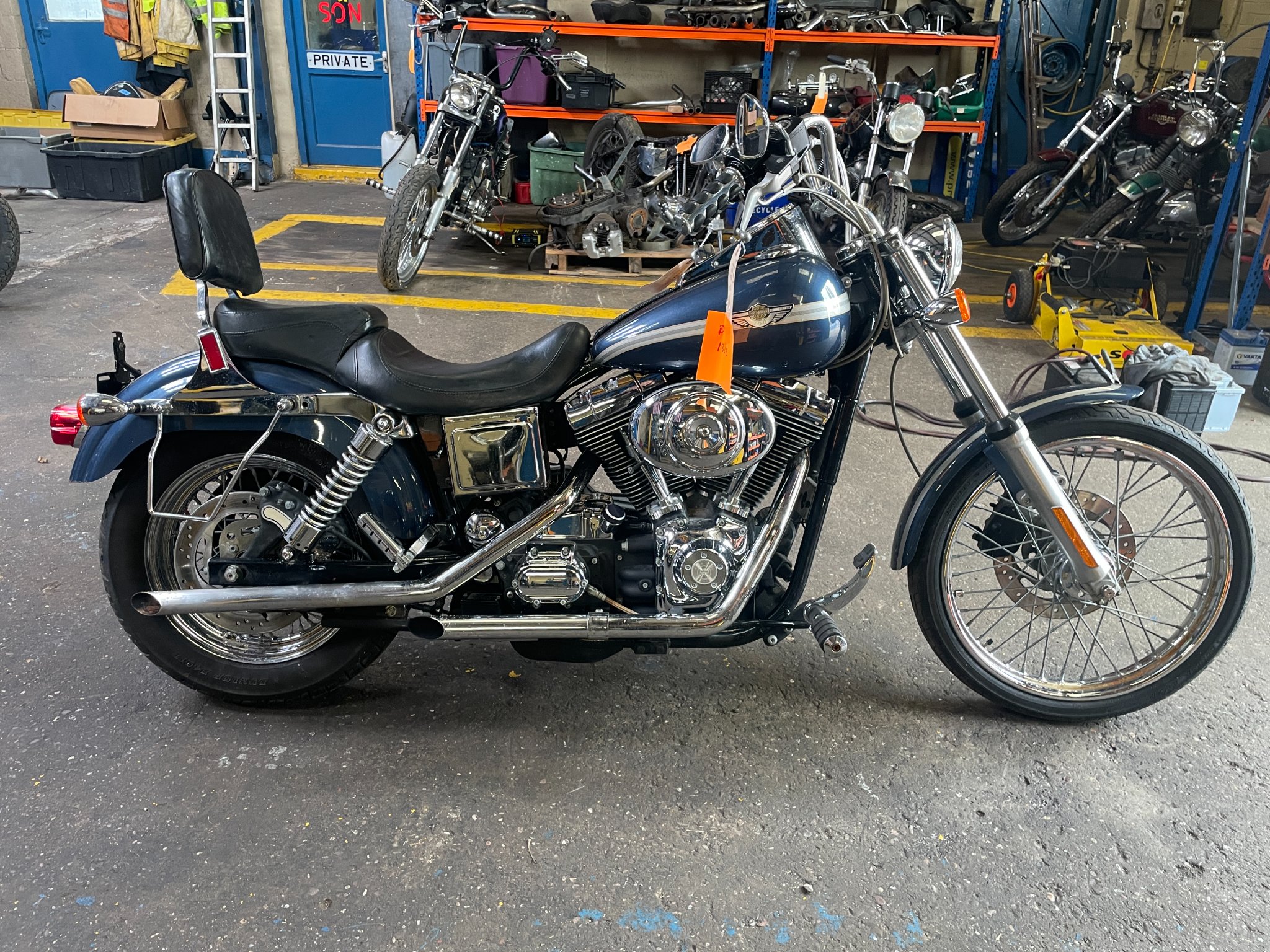Classic and Classy Motorcycles Ltd
Vintage and Classic Motorcycle Importers
1972 Honda CL450 450cc Project Ref D1201

The 1972 Honda CL450 450cc: A Scrambler Built with Precision and Punch
Historical Context
Honda’s CL series was the Japanese manufacturer’s answer to the growing demand for lightweight, high-performance scramblers during the 1960s and early 1970s. Introduced in the mid-1960s, the CL450 was the off-road-styled sibling of the CB450, sharing its mechanical foundation but designed with high-pipe styling, upswept exhausts, and scrambler ergonomics. By 1972, the CL450 had reached its peak form, combining Honda’s engineering reliability with a touch of rugged aesthetic appeal. Though not a true dirt bike, it filled the dual-sport niche admirably, appealing to young riders who wanted versatility, performance, and style in a street-legal package.
Technical Specifications and Performance
• Year: 1972
• Make: Honda
• Model: CL450
• Engine Displacement: 444cc
• Engine Type: Air-cooled, four-stroke DOHC parallel twin
• Compression Ratio: 9.0:1
• Power Output: Approximately 43 horsepower at 8,500 rpm
• Carburetion: Dual Keihin carburetors
• Ignition System: Battery and coil
• Transmission Type: 5-speed manual
• Braking System: Drum brakes front and rear
• Fuel Capacity: Approx. 2.5 gallons
• Dry Weight: Around 395 pounds
• Top Speed: Approximately 100 mph
Technical Advancements
The CL450 featured Honda’s advanced DOHC engine—a rare feature at the time for middleweight bikes. The torsion bar valve springs were a unique Honda innovation, eliminating traditional coil springs and allowing for high-rev capability. The twin-carbs ensured smooth throttle response, while the 5-speed gearbox helped extract the most from the parallel twin’s powerband. The bike’s dual high-mounted exhausts weren’t just for show—they improved clearance and added to the off-road-inspired styling. Despite its scrambler looks, the CL450 was most comfortable on pavement or light trails.
Evolution of the Model
The CL450 evolved from the earlier CB450, which was Honda’s first "big" twin introduced in the mid-60s. The CL version incorporated more rugged styling cues to capitalize on the popularity of desert sleds and scramblers in the US market. While mechanically similar to the CB, it had different handlebars, tires, exhaust routing, and rear fender setup. By 1972, the CL450 was nearing the end of its production run, eventually giving way to more specialized off-road and dual-sport models as Honda diversified its offerings with the XL and XR series.
Competitors in the Market
During its time, the CL450 faced competition from bikes like the Triumph T100C Tiger, BSA Victor, and Yamaha’s twin-cylinder scramblers. While the British bikes had torquey engines and off-road pedigree, they often lagged behind in reliability and required frequent maintenance. The CL450’s precise Japanese engineering, electric start, and overhead camshaft engine gave it a modern edge. Though heavier than dedicated off-road machines, it offered better road manners and dependability than many of its peers.
Legacy and Collectibility
The 1972 Honda CL450 holds a special place in the history of scramblers. It bridged the gap between street bikes and trail machines before the advent of true dual-sports. Today, it’s appreciated by collectors for its distinctive look, mechanical innovation, and solid build quality. The high-pipe styling, chrome details, and smooth engine make it a standout at vintage meets and a rewarding ride for those seeking a taste of Honda’s golden era.
Find Classic Motorcycles
Stay in the loop - Subscribe for Updates
One email notification a month when a new shipment arrives.
 1971-Triumph-500cc-T100c-Tiger-Ref-1561
1971-Triumph-500cc-T100c-Tiger-Ref-1561 2003-Harley-Davidson-Anniversary-Dyna-Wide-Glide-FXDWG-1450cc-Ref-D1322
2003-Harley-Davidson-Anniversary-Dyna-Wide-Glide-FXDWG-1450cc-Ref-D1322